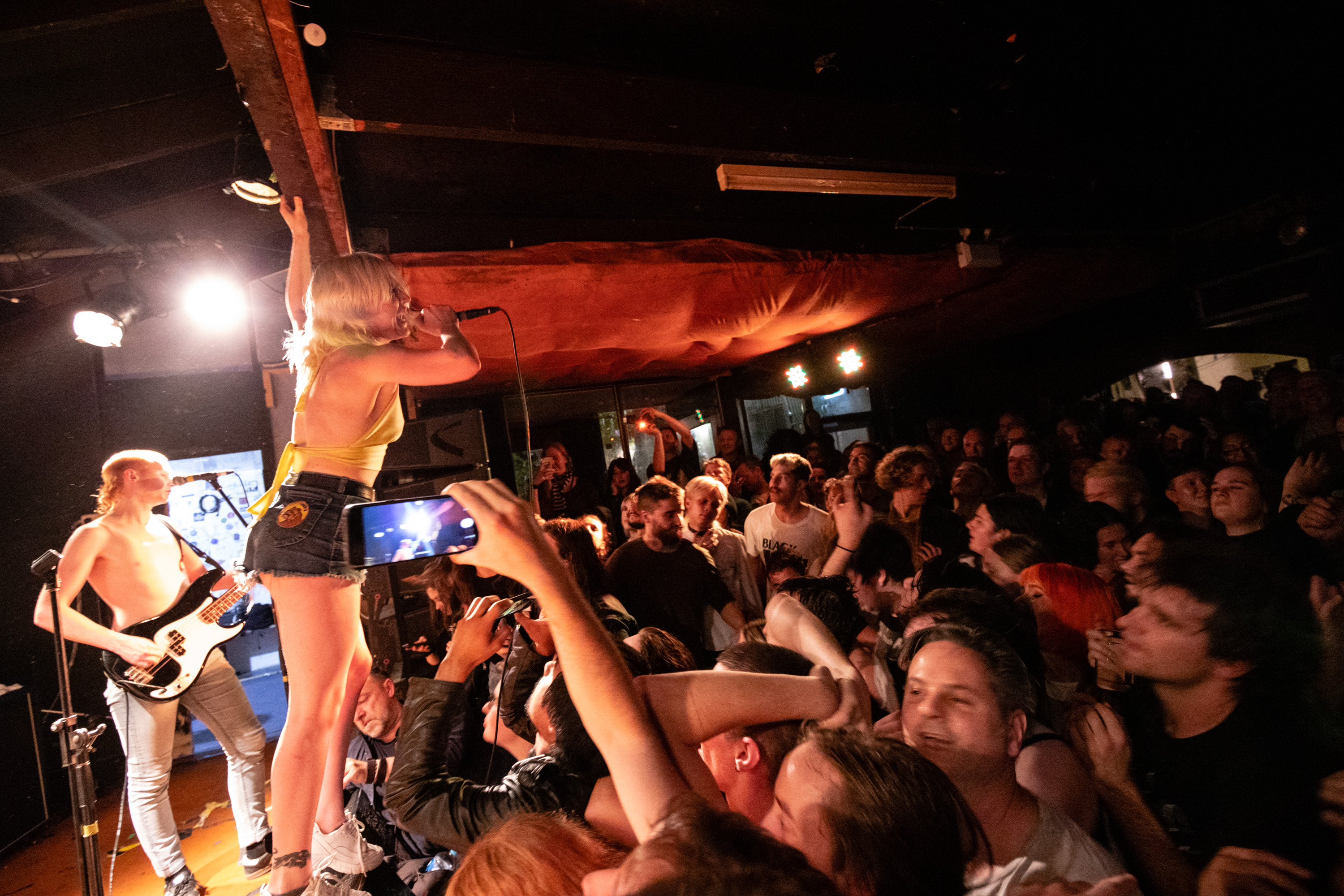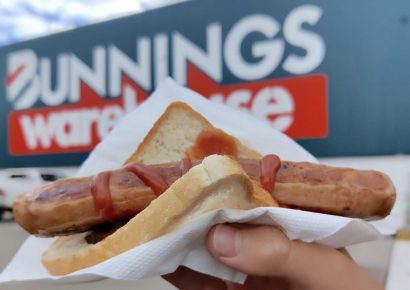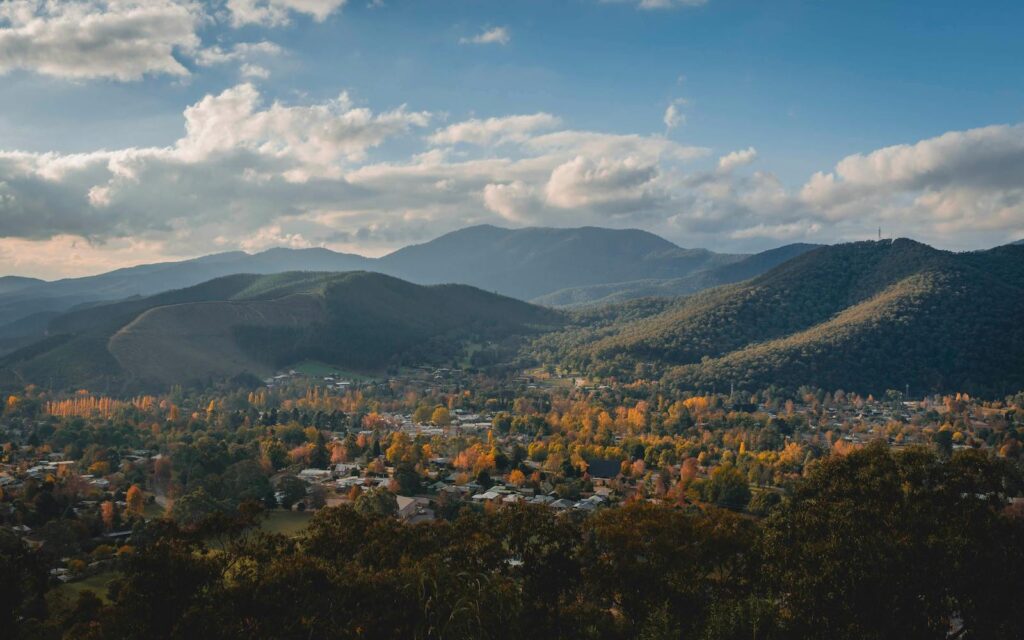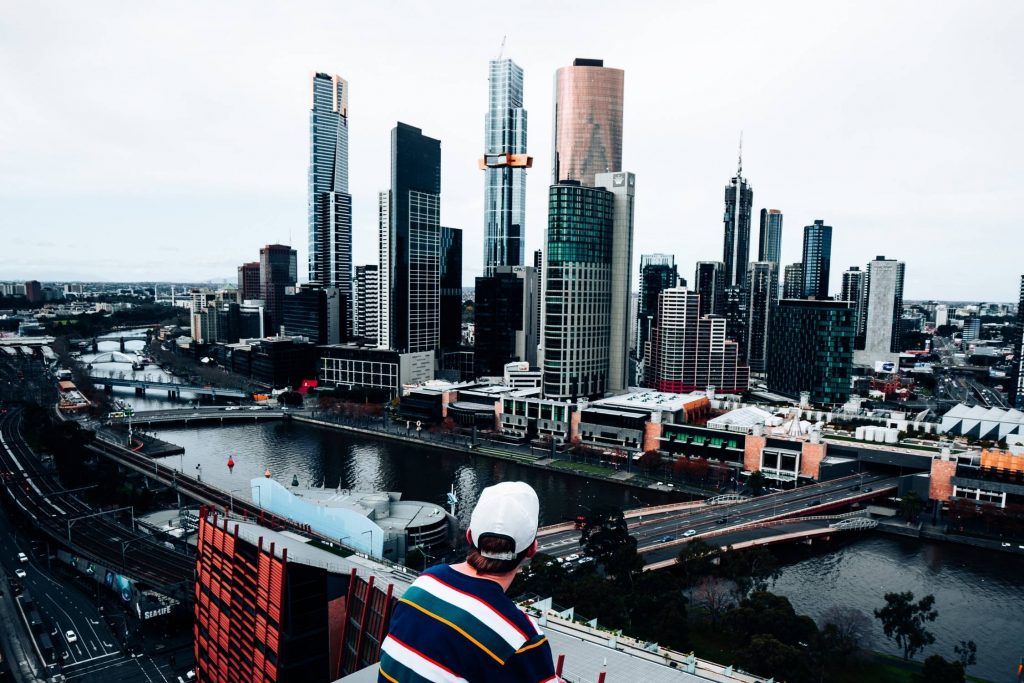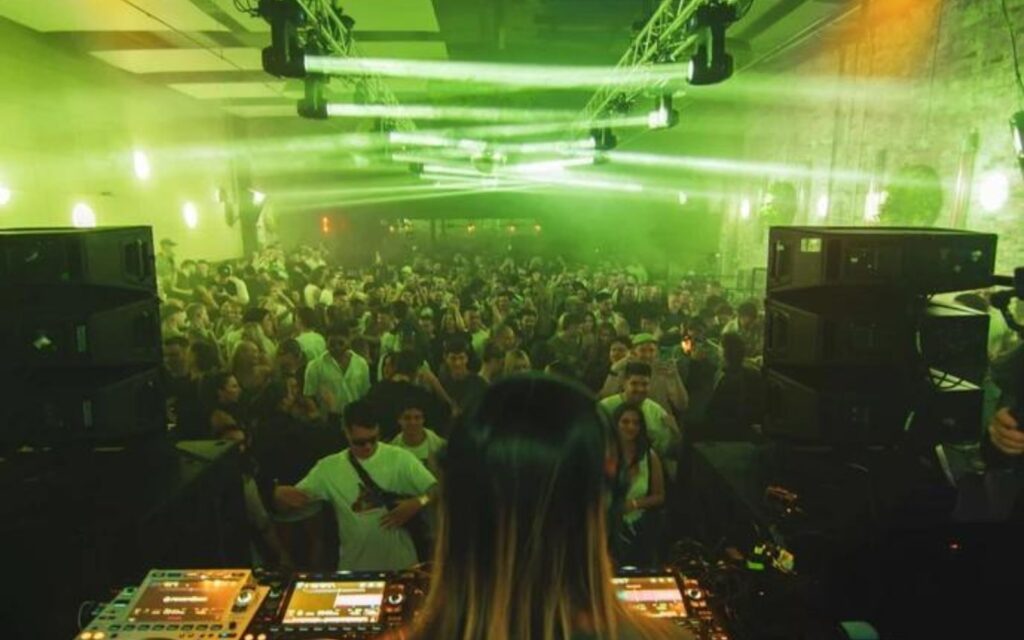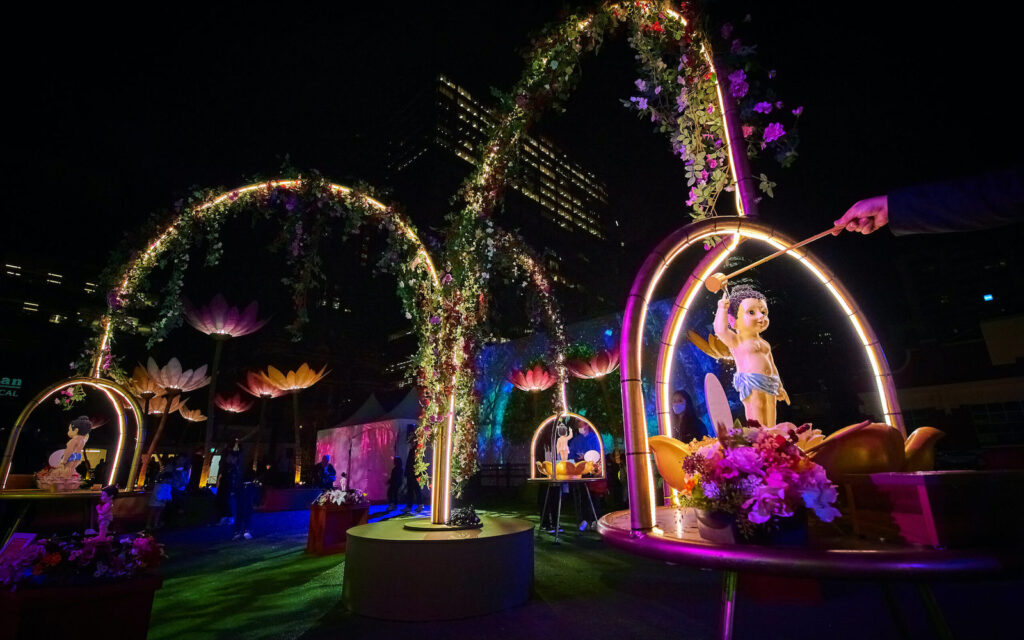In two years better forgotten for many of those in the industry, the Australian music economy is now facing one of its biggest potential challenges since the Covid pandemic lockdowns.
Hundreds of small to medium live music venues around the country are facing growing financial pressure due to insurance companies no longer offering PLI (Public Liability Insurance) coverage for live music. This is leading venues in Australia to a fork in the road amidst the growing economic strain: either close, dump, or run live music illegally on their premise.
Keep up with the latest music news, festivals, interviews and reviews here.
In the past two years, business continuity and contingency plans have been paramount for not just live music, but across all global commerce. From floods to fires, to pandemics and the war in Ukraine, the Australian insurance sector has been thrown into chaos from a barrage of disastrous events that have significantly impacted the insurance market.
This in turn affects the general market adversely from a consumer and demand perspective, with the increase in premiums leading to an increase in ‘underinsurance’ or consumer hesitancy. Less demand for insurance results in less providers supplying insurance.
This mixture of general insurance factors has boiled over in Australia’s music space in the wake of Covid closures. Spending two years in a stop-start hiatus has led to low revenue and growth across the live music sector, instability in output (with gigs and festivals being cancelled or reorganised), and broader consumer hesitancy.
And with crowds in Melbourne only recently returning to ‘normal’ capacities in the last six months, the Melbourne gig economy has lost ground to make up financially.
In mid-2022, reports were shared by multiple venues from Melbourne, most notably the Leadbeater Hotel, detailing a horror account of a 1100% increase on their previous coverage.
Operating live venues in both Melbourne and Sydney, Max Watt’s owner Kate Hamblin says the increase in PLI insurance hasn’t affected the Melbourne venue yet, but there is concern for next year’s renewal and the challenges that can come with the variability.
Detailing a chaotic night that resulted in a claim from earlier this year, Hamblin says that the event occurred just days after the venue’s insurance was renewed and holds concern for their future coverage.
“Your night out is going to be a totally different experience if you’re just going out to see a show,” Hamblin says. “If you’re only at a venue for a few hours for a show, typically there’s less alcohol involved, less rowdy customers and less of a risk, but this also as well can depend on who you’re booking and the type of crowd they bring through the doors.
“Sometimes artists can bring a totally different crowd to your venue with different challenges, and you just have to wear that risk.”
The same concerns were held and voiced by Bar Open and Tote owner Jon Perring. Hosting a variety of different artists of varying sizes and genre, Perring says that the increase in premiums is just more financial pressure to an industry that is already under strain, and that different venues need different considerations.
Sharing a recent application and risk plan submitted by the Tote for a gig run at the Abbotsford Convent earlier this year, Perring detailed the administration and effort put into the Tote’s 10-page risk plan, documented for the six-hour event.
“I think that’s the thing that happens, we get lumped in with all music venues and even hospitality venues, rather than just assessed on what we individually are,” Perring says.
“There needs to be more understanding and consideration for venues, who and what they host, and the type of environments they create. There’s a big difference in the demographic for music at a Latin or Jazz gig on a weekday night than there is at a nightclub with a DJ on a weekend.”
The trickle-down economics of insurance premiums is affecting more than just beer and ticket prices though, and there’s a growing concern for the impact it could have on procedural expectations in the industry.
Many venues believe there should be a requirement on performers to get their own personal cover and to operate like a business, as well as a musician. With more requirements and barriers for entry to performers, any further challenges and strain on an industry that’s still struggling to provide minimum wage to it’s artists appear largely unfeasible.
Multiple economic initiatives to sustain the Australian music industry have come and gone since 2020. There’s been temporary government-subsidised support for closures or cancellations of live music shows in Melbourne.
In December 2021, the Victorian government launched Australia’s first COVID-19 event insurance. The 12-month scheme offered cover for creative, sporting, business and community events with revenue or costs ranging from $20,000 to $10 million of funding.
Live music and entertainment industry bodies including APRA AMCOS, ARIA, and PPCA have also called for an adoption of a government-backed insurance scheme in mid 2021, designed to provide certainty for the Australian live music and entertainment sector – but the bill is still yet to pass and be fully deployed by the Albanese government.
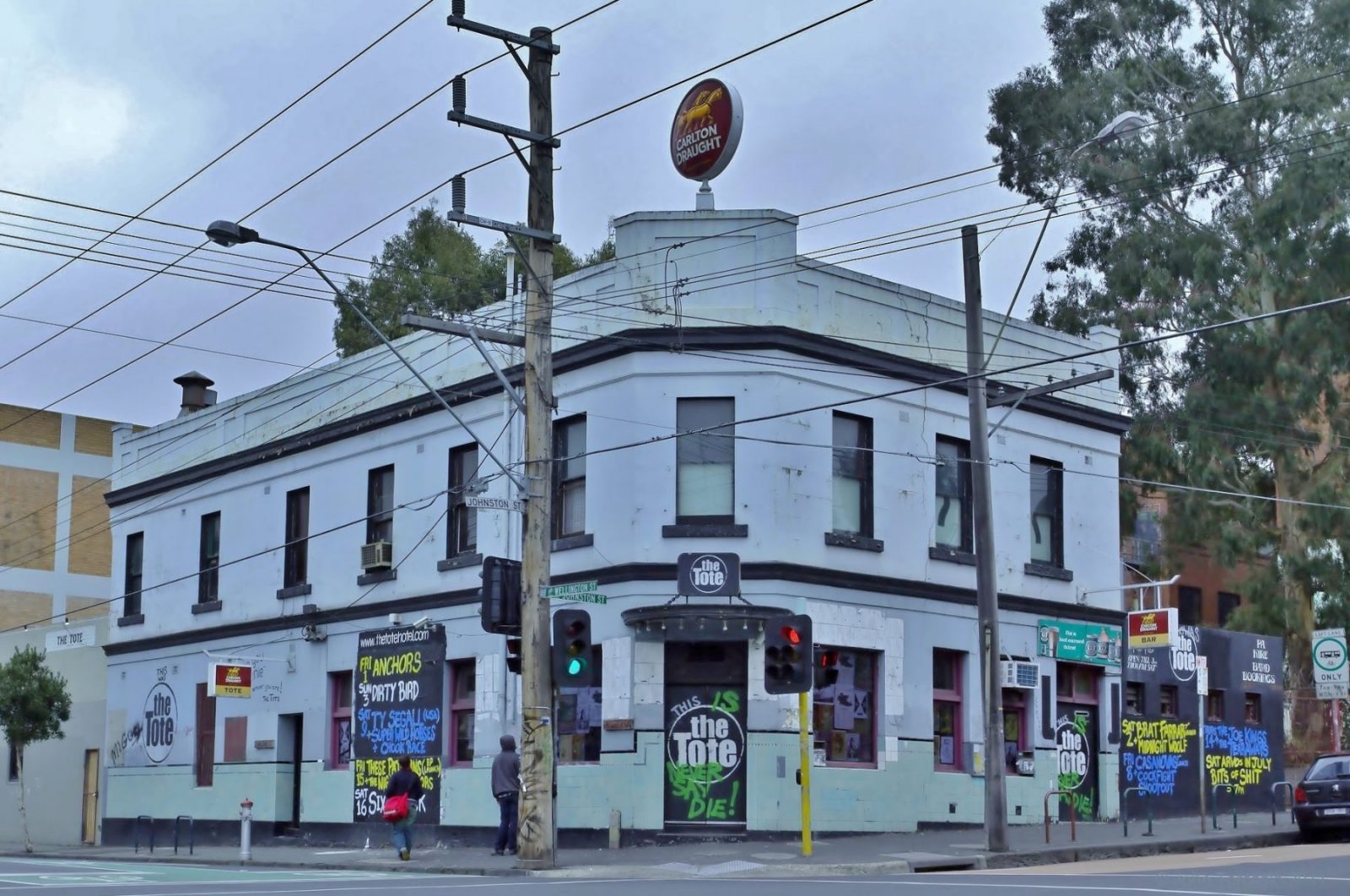
“The UK example shows there is a solution that can be developed in conjunction with industry on commercial terms,” Live Performance Australia’s chief executive Evelynn Richard said. “We’re not looking for a handout, promoters are willing to purchase an insurance product. A scheme underwritten by government just makes it viable for insurers to put policies in the market.”
In late 2021, following the cancellation of music festivals in NSW, South Australia and Victoria due to the COVID-19 Omicron surge, entertainment industry leaders renewed called for a federal insurance scheme for live events to ensure that the sector stays alive and healthy amidst regular government public policy changes.
In more recent events, the issue was presented in a panel by the ALMBC (Australian Live Music Business Council) at the southern hemisphere’s biggest industry gathering, Bigsound.
General Manager of the ALMBC Phil Brown said that the council’s new app is the first of many steps to come, and that further challenges are only going to develop over time as the market stabilises and the process is refined for venues applying for new coverage.
The ALMBC’s app collates information and data from the user and cross-references that against providers’ details and prices in the market. It also provides standardised templates and formatting to ensure that bureaucratic and administration requirements are simpler and more streamlined for venues to complete applications for insurance.
However, despite the benefit of having a simpler process, the app is only as strong as the information fed into it. As of writing, there are less than 100 registered members of the ALMBC’s insurance program across the entire country.
“All we can do at the moment is try and find the most competitive rates and support businesses to find those deals,” Brown said.
“In the last few years, there’s been not only an increase on premiums from insurance companies, but less providers in the insurance market overall to provide coverage. A lot of businesses are taking out schemes with new providers for the first time, and there’s always going to be challenges getting the best deal, but for now all we can really do is try and refine that process for live music venues and present the best possible case for affordable coverage.”
Check out the new app here, or find out more about the industry at the Music Victoria website here.
